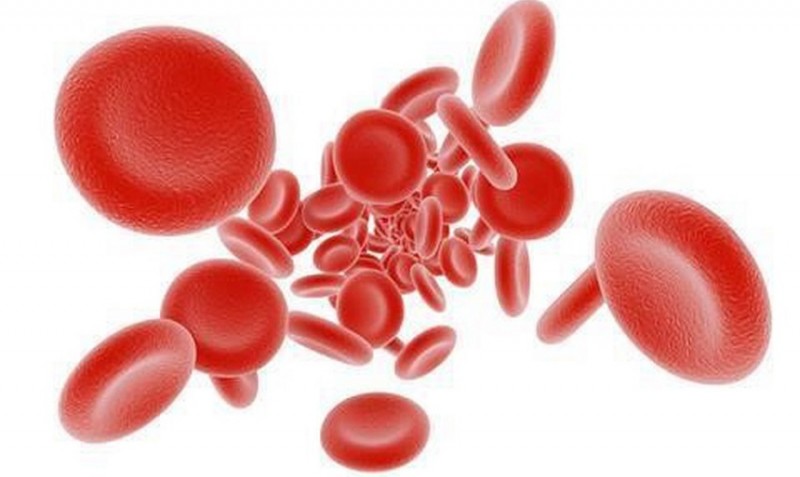
As we commemorate World Thalassaemia Day on May 8, 2024, it's crucial to shed light on the management and care strategies for individuals living with thalassaemia. Thalassaemia, a genetic blood disorder characterized by abnormal haemoglobin production, affects millions worldwide. While there's currently no cure for thalassaemia, proper management can significantly improve the quality of life for those living with the condition. One of the key aspects of managing thalassaemia is maintaining adequate haemoglobin levels, essential for overall health and well-being. Here are some lifestyle tips to help individuals with thalassaemia maintain healthy haemoglobin levels:
1. Balanced Diet:
A well-balanced diet rich in nutrients is vital for individuals with thalassaemia. Incorporate iron-rich foods such as lean meats, fish, beans, lentils, green leafy vegetables, and fortified cereals into your meals. Iron supplements may also be prescribed by your healthcare provider to help meet your body's needs.
2. Regular Blood Transfusions:
For many individuals with severe thalassaemia, regular blood transfusions are necessary to maintain adequate haemoglobin levels. Work closely with your healthcare team to establish a transfusion schedule that meets your specific needs. These transfusions can help prevent complications associated with low haemoglobin levels, such as fatigue and organ damage.
3. Chelation Therapy:
While blood transfusions are essential for managing thalassaemia, they can lead to iron overload in the body over time. Chelation therapy involves the use of medications to remove excess iron from the body. Adhering to your prescribed chelation therapy regimen is crucial for preventing iron-related complications and maintaining healthy haemoglobin levels.
4. Stay Hydrated:
Proper hydration is essential for individuals with thalassaemia, as it helps maintain blood volume and circulation. Aim to drink plenty of water throughout the day, especially before and after blood transfusions. Avoid excessive caffeine and alcohol consumption, as they can contribute to dehydration.
5. Regular Exercise:
Engaging in regular physical activity can help improve overall health and boost energy levels for individuals with thalassaemia. Choose low-impact exercises such as walking, swimming, or cycling, and aim for at least 30 minutes of moderate activity most days of the week. Always consult with your healthcare provider before starting any new exercise regimen.
6. Monitor Your Health:
Regular monitoring of your health is essential for managing thalassaemia effectively. Schedule regular check-ups with your healthcare team to monitor your haemoglobin levels, iron status, and overall health. Be proactive in discussing any concerns or symptoms you may be experiencing, as early detection and intervention are key to preventing complications.
7. Emotional Support:
Living with thalassaemia can be challenging both physically and emotionally. Seek support from family, friends, or support groups to help cope with the emotional aspects of the condition. Consider joining a thalassaemia support group where you can connect with others who understand what you're going through and share experiences and advice.
On this World Thalassaemia Day, let's raise awareness about thalassaemia and reaffirm our commitment to supporting individuals living with this condition. By implementing these management tips and working closely with healthcare professionals, individuals with thalassaemia can lead fulfilling lives while effectively managing their haemoglobin levels. Together, we can make a difference in the lives of those affected by thalassaemia.